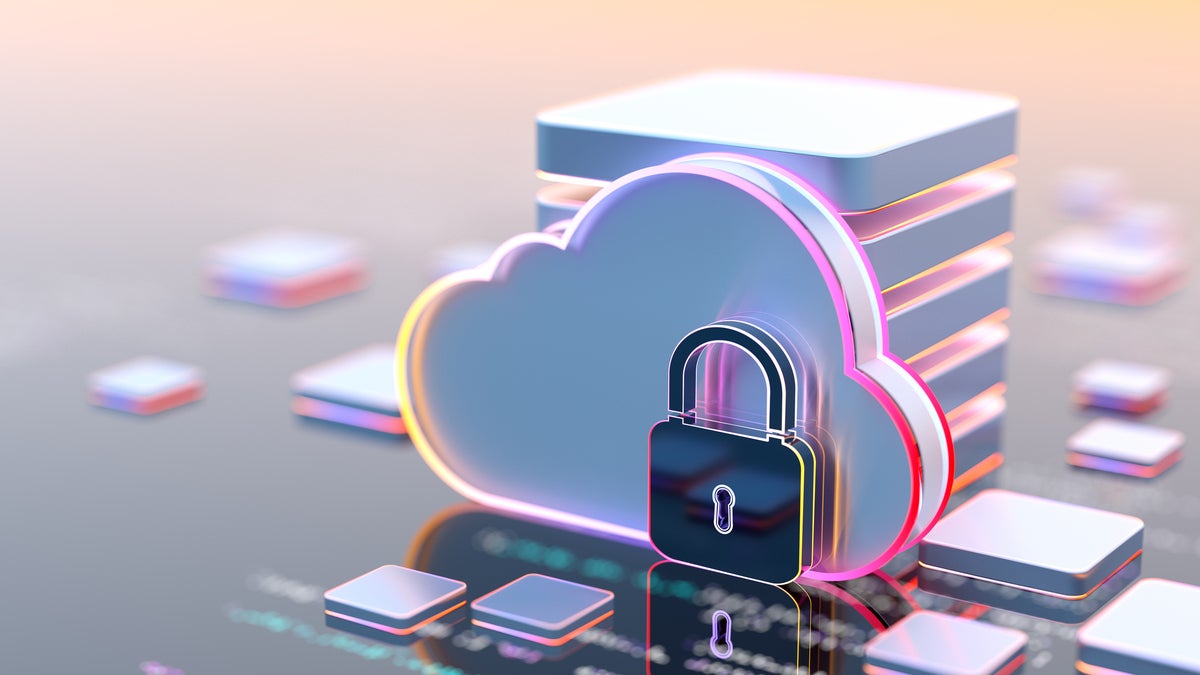Enterprise IT for the last couple of years has grown disappointed in the economics — not to mention the cybersecurity and compliance impact — of corporate clouds. In general, with a few exceptions, enterprises have done little about it; most saw the scalability and efficiencies too seductive.
Might that change in 2024 and 2025?
Apple has begun talking about efforts to add higher-end compute capabilities to its chip, following similar efforts from Intel and NVIDIA. Although those new capabilities are aimed at enabling more large language model (LLM) capabilities on-device, anything that can deliver that level of data-crunching and analytics can also handle almost every other enterprise IT task.
Given that enterprise CIOs are already less than thrilled with cloud costs — and the likelihood that Amazon, Google, and Microsoft are unlikely to do anything other than raise cloud rates this year — will these souped-up CPUs be the proverbial straw that broke the cloud camel’s back?
The percentage of enterprise data moving to the cloud from on-prem steadily and gradually rose every year until roughly February 2020, when COVID-19 forced most companies to shutter offices and left computer rooms empty. Enterprises had to make emergent moves to the cloud, and once they did so, few were willing to meaningfully go back to the on-prem levels of 2019.
“Companies and their CISOs and their CIOs are recognizing that the cloud has not turned out to be the all-encompassing panacea that some had hoped it would be,” said Brian Levine, the managing director for cybersecurity and data privacy at Ernst & Young, which now prefers to be called EY. “There are benefits and drawbacks of the cloud, including a lot of efficiencies that come from leveraging the cloud. But it also brings with it a whole new array of security issues, such as that criminals have the opportunity to go after the big cahuna, the big fish. That’s a really big bulls-eye on your back.”
Levine’s point is that the cloud creates a single point of failure. That’s a good thing to the extent that cloud security is top–notch, which is true for the major cloud environments. But it also means that if an attacker can break through, the bad guy has access to the top corporate secrets of hundreds, if not thousands, of major firms. That’s an attractive target, making it worth substantial effort and investment on the part of the attackers — especially if the secrets would interest state actors.
Another factor involves cloud economics. The initial cloud sales pitches argued that enterprises could turn over their data needs to the cloud provider and reinvest IT dollars elsewhere.
Not only have cloud costs consistently grown, but the efficiencies didn’t materialize. Because enterprises typically have multiple cloud environments for different purposes (backup, disaster recovery, geographic issues dealing with data soverignty, etc.), they typically need…
2024-01-12 05:00:03
Article from www.computerworld.com rnrn
